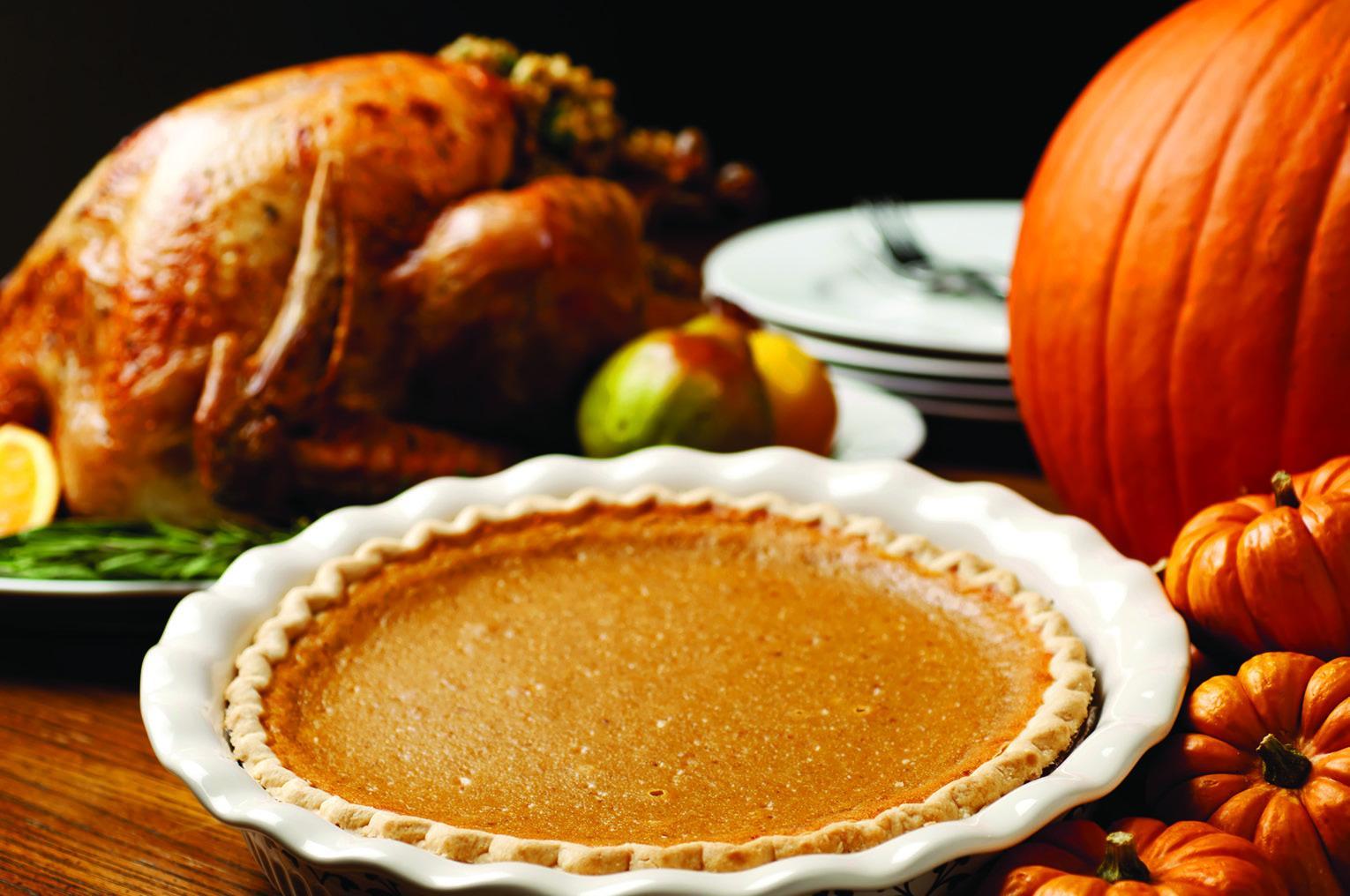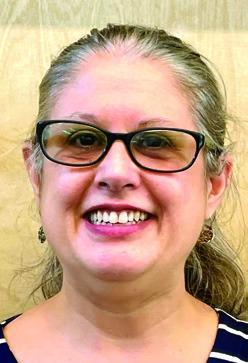
November is the month for celebrating Native American Heritage Month.
Photo from Metro Creative

San Marcos Public Library
625 E. Hopkins St.
512-393-8200
Answers to Go
Q.What kinds of cookbooks does the library have to help me with Thanksgiving? I want to cook something historical — like a Native American dish, or an early American dish.
A.The library has, quite literally, thousands of cookbooks highlighting many regions of the world and many time periods. To answer your question, I will begin with food history related to the Americas.
Before any Europeans dined on food in the Americas, there were many different tribes of Native Americans cooking a wide variety of native cuisine. Much of this food has been adopted and adapted to what we think of as “American” cuisine. We certainly could not have one of our Thanksgiving staples, mashed potatoes, without the potato, which is native to South America. Six thousand years ago, pre-Incan indigenous peoples in the valley of the Andes Mountains of the Pacific Coast of South America were cultivating potatoes. And what about corn, or maize? The origin of corn is mysterious because there is no wild corn, and no wild grass that even resembles corn. The derivation of corn goes back further than any other domesticated food found on the American continent. What we do know is that Native Americans, and subsequently early European settlers, depended on potatoes and corn as dietary staples.
When Christopher Columbus arrived in the “New World,” he knew nothing about beans and tomatoes. However, indigenous peoples from Chile to Canada were growing many varieties of beans, including kidney, pea, navy, lima and scarlet runners. Ancient Peruvian pottery pictures show indigenous peoples holding beans in one hand and corn in the other. Tomatoes, while important in Italian cooking, came from the “New World.” The Spanish are credited with taking tomatoes back to the “Old World” to grow. Europeans were initially reluctant to eat tomatoes because they belong to the poisonous nightshade family. Thus, it was almost 400 years before the widespread prejudice against tomatoes was overcome.
And what would dessert be like without chocolate? Cocoa comes from the Americas and probably originated in the wilds of Peru or Brazil. For many years cocoa was not drunk by the Spanish as a sweet concoction. Rather, cacaoquahitl, as it was called by the Aztecs, was made by boiling roasted cacao beans in water. The Aztecs had a thick, sweet drink made from cocoa called chocolatl. The first European to drink cocoa as we do now was Princess Maria Teresa of Spain. Her Spanish chefs added sugar and spices from the islands of the South Pacific and vanilla from the vanilla bean (which the indigenous peoples had also given to the Spanish.) This started a craze in Europe for drinking chocolate.
What about pumpkin? Below is a recipe for pumpkin “pie” that George Washington loved. It is NOT a traditional pastry pie, but more like a baked pudding. The recipe comes from “The Frugal Gourmet Cooks American” by Jeff Smith.
Ingredients:
1 pumpkin, 5-7 pounds ½ teaspoon freshly grated nutmeg 6 whole eggs 1 teaspoon cinnamon 2 cups whipping cream ¼ teaspoon ginger 1 tablespoon molasses 2 tablespoons butter Cut the lid off the pumpkin and remove the seeds to save for roasting later. Mix the remaining ingredients together except for the butter. Fill the pumpkin with this mixture and top with the butter. Cover with the pumpkin lid and place in a baking pan. Bake at 350 degrees for 1-1 ½ hours or until the mixture has set like custard. Serve from the pumpkin at your table, scraping some of the meat from the pumpkin for each serving.
The history of food is truly fascinating. For more information and recipes, visit us at the library. Some books you might enjoy are:
• “The Foxfire Book of Appalachian Cookery”
• “Native American Cooking” by Anna Carew-Miller
• “Native Harvests” by Barrie Kavasc
• “The New Native Kitchen” by Freddie Bitsoie • “Spirit of the Harvest” by Bevery Cox
• “Pioneer Farm Cooking” by Mary Gunderson • “The Little House Cookbook” by Barbara Walker NOTE: Most of the information I have provided regarding food origins in the Americas came from the book “Foods the Indians Gave Us” by Wilma and R. Vernon Hays.
Suzanne Sanders is the columnist for the library. She is the Community Services Manager for the San Marcos Public Library and came from the Austin Public Library in 2015 after having served there as a librarian for over 20 years. She gratefully accepts your questions for this column.











